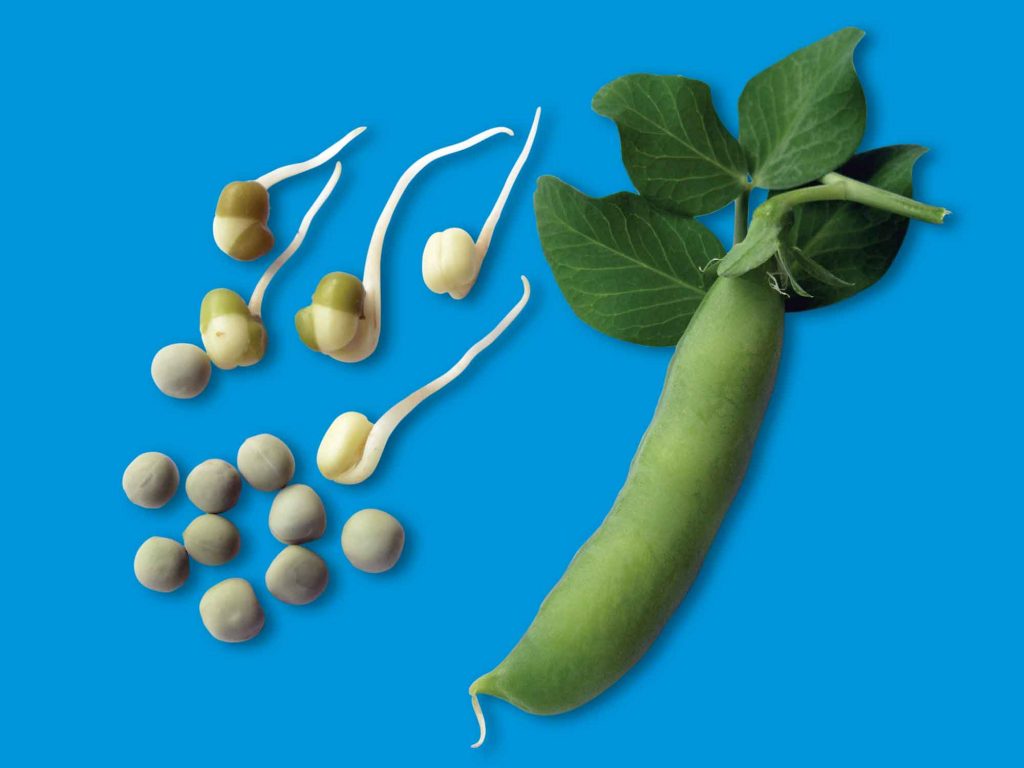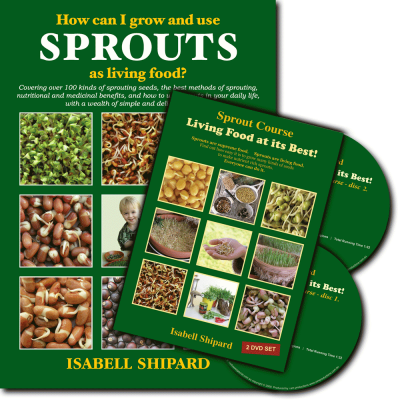Legumes are an important, large family of plants, serving man. Legumes may be ground covers, climbers, bushes, or of tree proportions.
An important feature is the ability of many of the legumes to ‘fix’ nitrogen from the air, which gives them the power to grow at a fast rate. Soil bacteria of the genus, Rhizobium, accomplish the conversion of atmospheric nitrogen to ammonia.
{image} Aleisha and Jessica planting herb seeds for seedling sprouts,
and carrot tops about to sprout.
This bacterium infects the legume roots; the plant, in reaction, forms nodules, a swelling on the roots. Within these nodules, the rhizobia proliferate and thrive. The rhizobia are able to use atmospheric nitrogen. The plant host makes use of this product and uses it, to produce protein, vitamins and other nitrogen-containing compounds. By using the nitrogen-fixing bacteria, legumes meet their need for nitrogen, without requiring fertiliser, or with low requirements. Grains and other species of seeds, lacking this symbiotic potential, have less protein in the seed and require soil nitrogen, or fertiliser, for satisfactory growth.
Throughout the world, millions of people rely on legumes, for their protein requirements and daily energy. In ancient times, legumes were frequently associated with people of great power and were considered an essential food for activities requiring great feats of strength and valour.
The legumes, which are valuable as a food source and for sprouting, belong to the Fabaceae family. Seeds of these plants are usually referred to as pulses, particularly when describing the dried seed of beans and peas. The seeds develop on the plants in pod form. Young pods provide a valuable food source, when steamed or added to many other savoury or meat dishes. Pods that are fully mature, turn brown ready for picking, the seeds are removed from the pods and allowed to dry out completely; then store for seed-saving, to use as food, sprouts or planting crops in the future. Before storing in insect-proof containers, place seeds in a sealed container and put in the freezer for 48 hours, is the recommendation of Jude and Michel Fanton in the Seed Savers Manual, who encourage Australians and people worldwide, to see the importance of saving foodsource seeds . The reason for this is to kill any weevil eggs, which may be harbouring under the skins of the seeds. This freezing will stop them dead in their tracks, from hatching out.
Pulses are a good source of vitamins, minerals, enzymes and complex carbohydrates, are low in fat and have no cholesterol. Although pulses are high in protein (and many species even contain the 8 essential amino acids), some species are not considered complete proteins, as they may have low levels of one or two of the essential amino acids. Some legumes may be low in the sulphur amino acids, cystine and methionine. Combining and balancing pulses, at a meal, with grains/bread, nuts or rice, can overcome this deficiency.
Alternatively, eating a small amount of eggs, fish, meat or milk with the legumes at a meal will provide a balance of amino acids. For many years, it was considered that the compliment of a pulse with another protein (with all the 8 essential amino acids) had to be eaten during the same meal. It is now believed this is not essential, and that if a variety of foods are consumed in a day, there will be sufficient amino acids retained in the body to combine with pulse proteins, providing the complete building blocks for the cells (see protein p 7).

When we germinate peas and beans for sprouting there is an intense, enzyme/protein activity by hydrolysis, as the seeds soak up water. In this action, the stored proteins are broken down into their component amino acids, just as they are when the body digests them. This, perhaps, explains why bean sprouts, are more easily assimilated and generally less gas forming, than dried beans, as they are already partly digested. Research shows that on an average, digestibility doubles with sprouting.
As pulse sprouts only have a small amount of fat (most of it unsaturated), they can be a useful protein alternative to meat and dairy products, which are high in saturated fat and cholesterol. We know that cholesterol and saturated fats, in excessive amounts, are two substances that can clog our arteries, leading to coronary heart disease, and are, also, a cause of weight gain.
Amino acids increase as germination of seed continues, at the expense of fats and carbohydrates, as the sprout synthesises proteins, required for its vigorous, new growth. The reserved, stored proteins are also broken down to provide new growth. Therefore, the biological value of sprouted seeds, (calculated by the weight gained, as a proportion of the total weight of sprouts eaten), surpasses the biological value of seeds, in every case, with the essential amino acids usually increasing dramatically.
Mung bean seeds contain 25% protein; when sprouted this increases to 37% (on a dry weight basis) and soy bean seeds increase from 42.9% protein to 50.2%, in sprouts.38 The protein from legumes are valued for helping to regulate blood sugar, body fluids, kidney, adrenal, liver function and other aspects of our metabolism; as well as promote balanced sexual activity, and the primary task of growth and development of the body, including the brain.
By sprouting pulses, the vitamin content increases, especially vitamin K, E, carotene (vitamin A precursor) and B vitamins, including B12. Seeds have little vitamin C, however, in several days of sprouting, exceptional increases are found, making sprouts a valuable source of easily grown vitamin C, in everyone’s kitchen… what could be more convenient and fresher than that! Legumes are a good source of folic acid.
Pulses have a good balance of essential minerals, and, of significance, is the low sodium and high potassium content, important for anyone with high blood pressure; the acid/alkaline balance also makes beans an ideal food for everyone. Legumes have notable amounts of soluble fibre that can bind to excess cholesterol in the body and help to eliminate it. They also have generous amounts of insoluble fibre, important for promoting digestive health and faster passage of food through the digestive tract, thereby helping prevent constipation and colon cancer.
… … omitted text, please see How can I grow and use Sprouts as living food? for full text.


